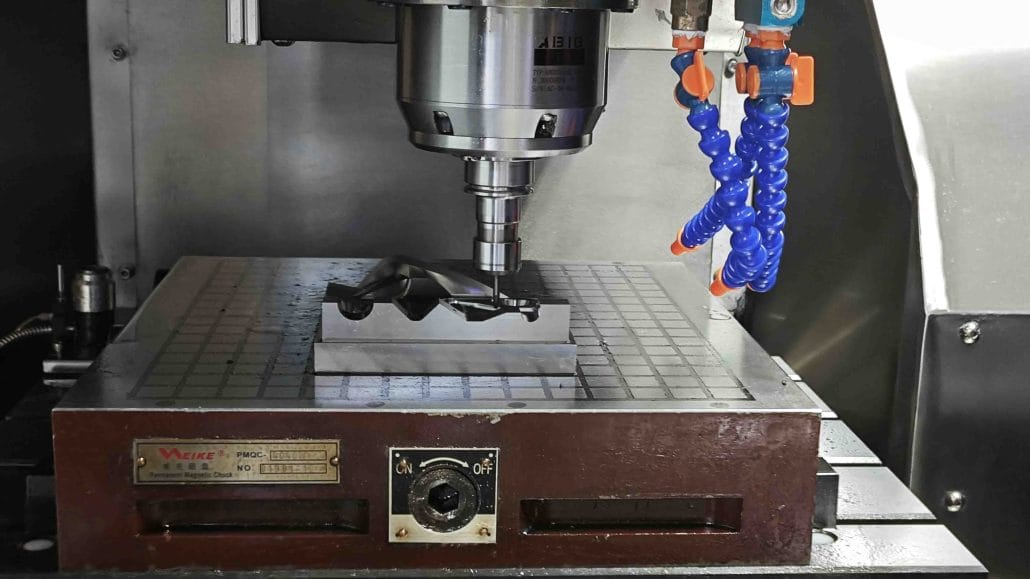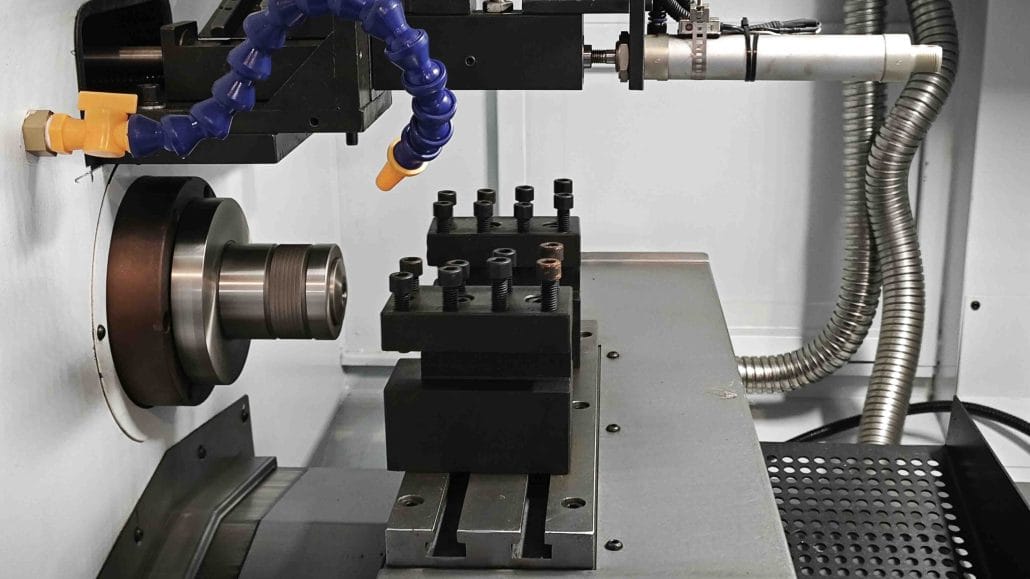In the world of manufacturing, Computer Numerical Control (CNC) machining has revolutionized the way products are developed. With multi-axis CNC machines, complex geometries can be accurately machined with relative ease. However, achieving high accuracy in CNC machining is still a challenge, especially when it comes to contouring. Contouring errors can result in poor surface finish, dimensional inaccuracy, and even the failure of the component. In this article, we will review contouring-error reduction methods in multi-axis CNC machining.

Understanding Contouring Errors in Multi-Axis CNC Machining
Contouring involves machining a part with a continuous toolpath along a 3D surface. In multi-axis CNC machining, the tool is required to move in multiple directions, making the process more complex. Contouring errors can be caused by various factors, including machine dynamics, tool deflection, and feed-rate fluctuations. These errors can result in inconsistent material removal, leading to poor surface finish and dimensional inaccuracy.
To achieve high accuracy in multi-axis CNC machining, it is essential to understand the different types of contouring errors and what causes them. By doing so, one can implement effective contouring-error reduction methods to eliminate these errors.
Contouring-Error Reduction Methods
Model-Based Methods
Model-based methods involve using mathematical models to predict toolpath errors and compensate for them. These methods use models that describe the machine’s behavior and the tool’s deflection characteristics. The model is then used to calculate the expected toolpath errors and compensate for them in real-time. Model-based methods can significantly reduce contouring errors, but they require accurate models of the machine and tool behavior.

Feed-Rate Optimization Methods
Feed-rate optimization methods involve optimizing the feed-rate to reduce contouring errors. These methods use algorithms to optimize feed-rates based on the machine’s dynamics and the tool’s deflection characteristics. The optimization algorithms adjust the feed-rate in real-time, based on the current toolpath and machine conditions. Feed-rate optimization methods can reduce contouring errors, but the optimization algorithms can be complex and time-consuming.
Sensor-Based Methods
Sensor-based methods involve using sensors to measure the tool’s position and orientation in real-time. These methods use the sensor data to adjust the toolpath and compensate for errors. Sensor-based methods can reduce contouring errors, but they require accurate sensors and can be sensitive to environmental factors such as temperature and vibration.
Each of these contouring-error reduction methods has its advantages and disadvantages, and the choice of method depends on the specific application. For instance, model-based methods are suitable for applications that require high accuracy and precision but are not suitable for applications where the machine’s behavior and tool deflection characteristics are unknown.
On the other hand, feed-rate optimization methods are ideal for applications that require fast machining speeds, while sensor-based methods are ideal for applications that require real-time adjustments based on environmental factors.
Conclusion
Contouring errors are a significant challenge in multi-axis CNC machining. However, by implementing effective contouring-error reduction methods, manufacturers can achieve higher accuracy, better surface finish, and reduce dimensional inaccuracy in multi-axis CNC machining.
In summary, the three contouring-error reduction methods discussed in this article, model-based methods, feed-rate optimization methods, and sensor-based methods, are effective ways to reduce contouring errors in multi-axis CNC machining. By understanding the different types of contouring errors and the factors that cause them, manufacturers can choose the best method for their specific application and achieve high accuracy and precision in multi-axis CNC machining.


